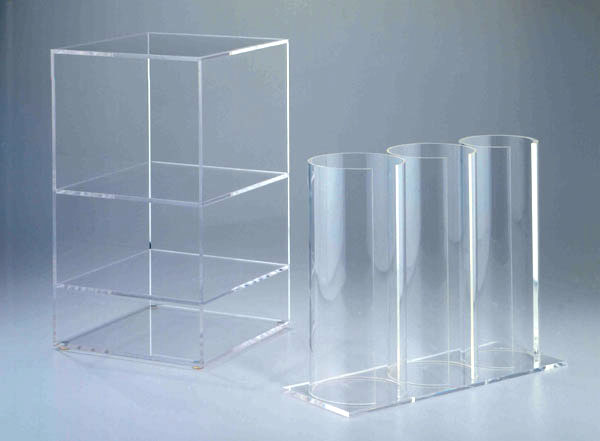Why even choose to fabricate plastic products? Firstly, plastic manufacturing typically has the advantage of having fairly fast finish times, and unlike the majority of materials there’s also the option of colouring plastic prior to manufacturing, as opposed to after. It’s significant malleability is the reason why it has a comparatively low melting temperature, and it’s far more lightweight compared to many other materials – both these elements simplify the development process. Furthermore, plastic materials are relatively inert and thus possess higher chemical resistance. In spite of these positive aspects, plastic material is however unsuitable for applications which require a high structural integrity, and it is rather prone to wear and tear in the long-term.
Summary Of CNC Machining
CNC machining is a computer regulated subtractive approach, that removes material from plastic in order to create the required form. The computer is high-tech, with the ability to change a design into figures using a computer assisted design software system. The numbers are then able to operate the machine to cut the necessary shape. To set up, the pieces of equipment require an intermediate stage in the creation and validation of tool paths. As soon as the machine receives the tool paths, the subtractive procedure is started. Once the assemblage is complete, the component is cleaned, smoothed, and trimmed.
For low quantity plastic component requests that call for tight tolerances and shapes which are challenging to shape, machining is suitable. CNC machining boasts minimal to moderate initial expenses, and can also produce top of the line plastic pieces with limited completion times. However, with increased product intricacy, the cost per element increases. In addition, the process requires tool access allowances, and particular shapes, including those with rounded internal channels, are near-impossible to create with CNC manufacturing.
Summary Of Vacuum Formation
Vacuum formation is a process in which plastic is heated and moulded, usually working with a mould. The size and sophistication of vacuum-forming machines range from affordable desktop equipment to superior manufacturing equipment.
It is often ideal for any venture, from made to order designs to large-scale fabrication, taking into consideration the large range of machinery available and that also automatisation is undoubtedly an option when necessary. Nonetheless, there’s minimum versatility in the types of shape it can develop, and is unfortunately only able to generate parts with simple geometries. When compared with various other techniques, tooling costs are low, simply because vacuum formation only requires minimal forces and pressures. Usually, for small production sizes the moulds are constructed of Three-dimensional printed resin, or possibly plaster, and for greater development sizes stronger equipment made from metal is commonly used.
The production method begins with a sheet of plastic material getting clamped and heated so that the plastic becomes mouldable. The plastic is then placed into the mould and cooled off, and frequently fans and also other cooling methods are utilised in order to accelerate the cooling process. The final stage entails any surplus plastic being removed. This excellent website acrylic perspex manufacturers offers quite a bit more information on the main topic of perspex fabricators Uk. For anyone looking at more info relating to plastic distributors and fabricators this specific site www.displaydevelopments.co.uk/bespoke-manufacturing contains numerous more blog posts and articles with regard to plastic molding prototyping.

